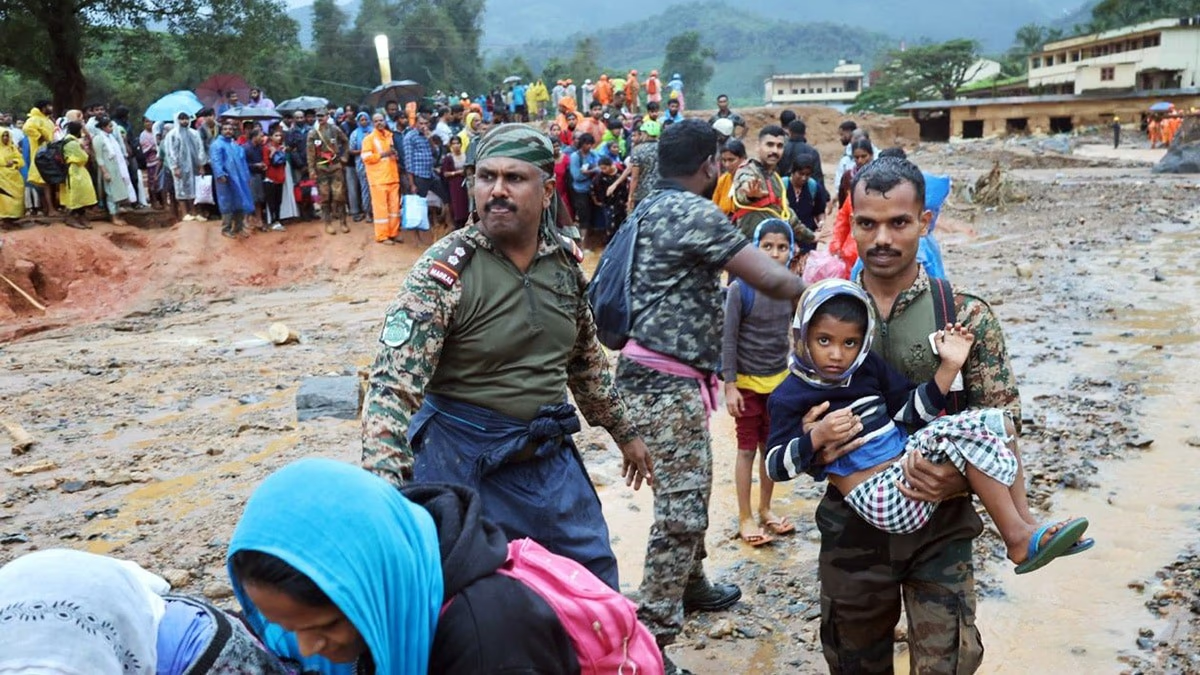The torrential rains in Wayanad, Kerala, have triggered massive landslides, causing extensive devastation and resulting in the loss of hundreds of lives. This tragic incident has raised questions about the accuracy of weather forecasts made by the India Meteorological Department (IMD).
Aaj Tak investigated the accuracy of various IMD predictions. It revealed that the department typically forecasts weather for the next five days, along with providing daily forecasts and hourly updates. Generally, shorter-term forecasts are more accurate.
Red Alert Issued by IMD on the Night of July 29
On July 29 at around 11:30 PM, the IMD issued a red alert for Kerala, predicting heavy rainfall accurately around midnight. This underscores IMD's capability in short-term weather forecasting. A few days before the landslide, the IMD had issued an orange alert for Kerala in its daily bulletins on Sunday and Monday afternoons, indicating the possibility of heavy rainfall. Aaj Tak's examination of these bulletins confirmed that the IMD had indeed anticipated severe weather conditions.
Long-Term Predictions Should Also Be Accurate
These findings highlight IMD's capability to provide accurate short-term forecasts, which are crucial for immediate disaster response. However, the horrific tragedy in Wayanad emphasizes the need for accurate long-term predictions for such events. Early alerts could offer agencies and local authorities ample time to take necessary measures, potentially saving many lives and reducing damage during natural disasters.
Short-Term Forecasts Are Quite Accurate
While the IMD has been quite accurate with its short-term forecasts, the Wayanad incident underscores the need to improve long-term forecasting capabilities. Accurate long-term predictions could provide critical preparation time, protecting people from the devastating impacts of extreme weather.




